About * Will Damage Your Computer. You Should Move It To The Trash. POP-UP (Mac)
* Will Damage Your Computer. You Should Move It To The Trash. POP-UP (Mac) and similar variations are legitimate pop-up alerts shown by the macOS to inform the user about the presence of some kind of potentially unwanted program on the computer. Only users who have macOS Catalina or Big Sur operating systems appear to be getting these messages. 
If you see a system pop-up that says some program you have installed is damaging to your computer, we would recommend taking the warning seriously. These pop-ups give you two options, either move the program to the trash or keep it by pressing Cancel. Pressing “Cancel” is not a great idea as that means the potential infections would remain on the computer. Though it’s likely some kind of minor infection, like adware, browser hijacker or potentially unwanted program, and they aren’t particularly dangerous. But the only way to remove * Will Damage Your Computer. You Should Move It To The Trash. pop-ups is by removing the program causing it to appear. Moving the program to the trash should be enough. If that doesn’t work, using anti-virus software would be beneficial, as it would remove the infection.
Users often are not aware of minor infections on their computers
Because infections like adware, browser hijackers and potentially unwanted programs can install using a rather sneaky installation method called software bundling, users are often unaware of their presence on the computer. Software bundling is essentially adding additional offers to free software in a way that allows them to install alongside without needing explicit permission from you. Because it essentially allows certain programs to sneak it, anti-virus software usually detect such programs as potentially unwanted.
The offers that come attached to free software are optional but they are initially hidden to stop users from deselecting them. But as long as you pay attention to how you install programs, you should be able to easily prevent their installation. Most importantly, opt for Advanced (Custom) settings during installation. Those settings will make all offers visible, and you will be able to deselect all of them.
Most free programs you download from unknown sources and unofficial sites will have offers attached to them, so if you want a program, use official websites and app stores. Otherwise, you will fill your computer with junk that’s difficult to remove once installed.
The pop-ups are informing that there is a potential threat on your computer
These * Will Damage Your Computer. You Should Move It To The Trash. pop-ups are essentially your computer warning you about a potentially dangerous program on your Mac. These alerts don’t appear for no reason, so ignoring them or pressing Cancel is not a good idea. If you don’t recognize the program that the alert is warning you about, it’s likely some kind of infection. Some legitimate programs may be detected this way as well, but it’s not very common.
It’s very likely that if the detected program is actually some kind of infection, your computer is exhibiting some kind of symptoms. For example, your browser’s settings may have been changed and you’re constantly redirected to one particular site that’s pushing you to use a questionable search engine. Or your browsing may be constantly interrupted by never ending advertisements of all kinds, including intrusive pop-ups and redirects. These are all signs of a potential threat on your computer, and you should not ignore them.
* Will Damage Your Computer. You Should Move It To The Trash. POP-UP (Mac) removal
To delete * Will Damage Your Computer. You Should Move It To The Trash. POP-UP (Mac) and stop it from appearing again, you need to get rid of the program that’s causing the alert. Fortunately, the pop-up specifically says which program is the issue. It can usually be solved by pressing “Move to Trash”. If that doesn’t remove the program in question and the pop-up continues to appear, it’s a good idea to scan the computer with anti-virus software.
Offers
Download Removal Toolto scan for * Will Damage Your Computer. You Should Move It To The Trash. POP-UP (Mac)Use our recommended removal tool to scan for * Will Damage Your Computer. You Should Move It To The Trash. POP-UP (Mac). Trial version of provides detection of computer threats like * Will Damage Your Computer. You Should Move It To The Trash. POP-UP (Mac) and assists in its removal for FREE. You can delete detected registry entries, files and processes yourself or purchase a full version.
More information about SpyWarrior and Uninstall Instructions. Please review SpyWarrior EULA and Privacy Policy. SpyWarrior scanner is free. If it detects a malware, purchase its full version to remove it.

WiperSoft Review Details WiperSoft (www.wipersoft.com) is a security tool that provides real-time security from potential threats. Nowadays, many users tend to download free software from the Intern ...
Download|more


Is MacKeeper a virus? MacKeeper is not a virus, nor is it a scam. While there are various opinions about the program on the Internet, a lot of the people who so notoriously hate the program have neve ...
Download|more


While the creators of MalwareBytes anti-malware have not been in this business for long time, they make up for it with their enthusiastic approach. Statistic from such websites like CNET shows that th ...
Download|more
Quick Menu
Step 1. Uninstall * Will Damage Your Computer. You Should Move It To The Trash. POP-UP (Mac) and related programs.
Remove * Will Damage Your Computer. You Should Move It To The Trash. POP-UP (Mac) from Windows 8
Right-click in the lower left corner of the screen. Once Quick Access Menu shows up, select Control Panel choose Programs and Features and select to Uninstall a software.
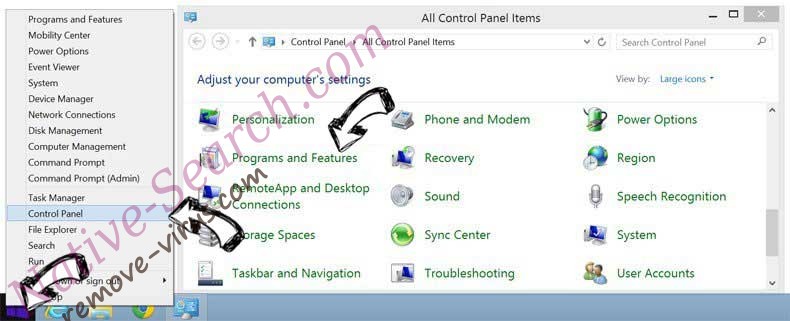

Uninstall * Will Damage Your Computer. You Should Move It To The Trash. POP-UP (Mac) from Windows 7
Click Start → Control Panel → Programs and Features → Uninstall a program.
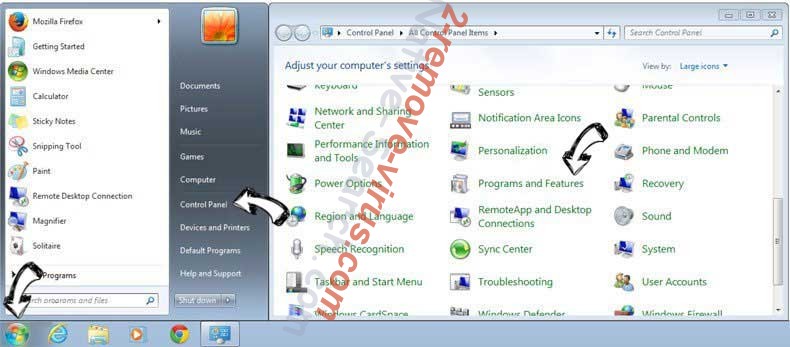

Delete * Will Damage Your Computer. You Should Move It To The Trash. POP-UP (Mac) from Windows XP
Click Start → Settings → Control Panel. Locate and click → Add or Remove Programs.
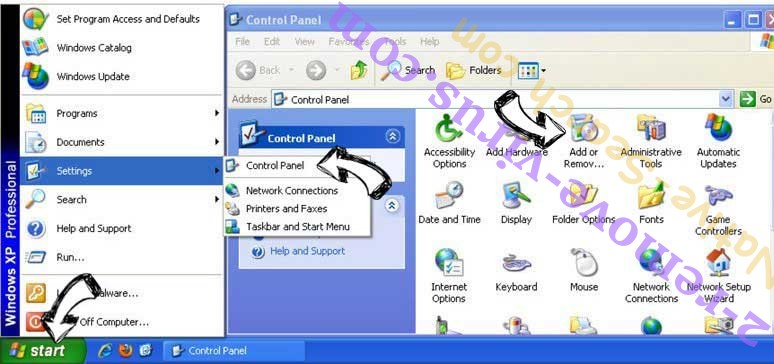

Remove * Will Damage Your Computer. You Should Move It To The Trash. POP-UP (Mac) from Mac OS X
Click Go button at the top left of the screen and select Applications. Select applications folder and look for * Will Damage Your Computer. You Should Move It To The Trash. POP-UP (Mac) or any other suspicious software. Now right click on every of such entries and select Move to Trash, then right click the Trash icon and select Empty Trash.
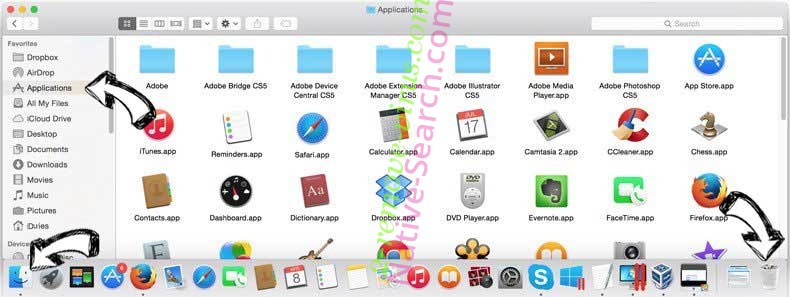

Step 2. Delete * Will Damage Your Computer. You Should Move It To The Trash. POP-UP (Mac) from your browsers
Terminate the unwanted extensions from Internet Explorer
- Tap the Gear icon and go to Manage Add-ons.

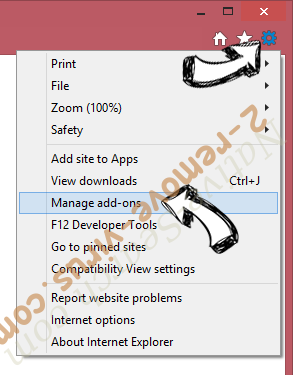
- Pick Toolbars and Extensions and eliminate all suspicious entries (other than Microsoft, Yahoo, Google, Oracle or Adobe)

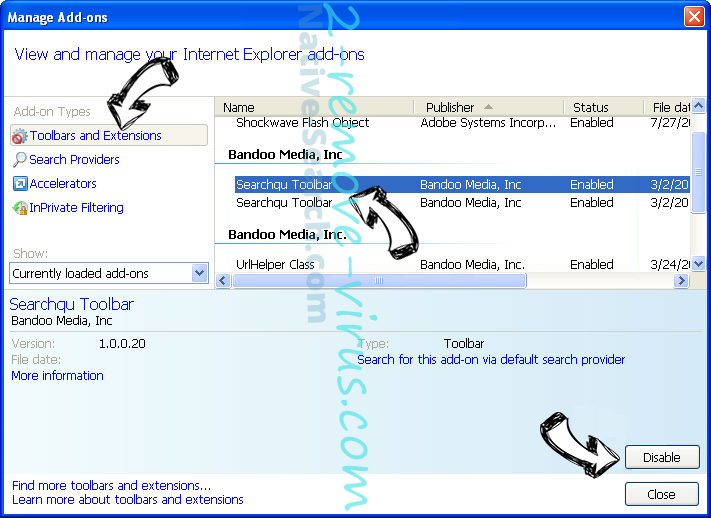
- Leave the window.
Change Internet Explorer homepage if it was changed by virus:
- Tap the gear icon (menu) on the top right corner of your browser and click Internet Options.

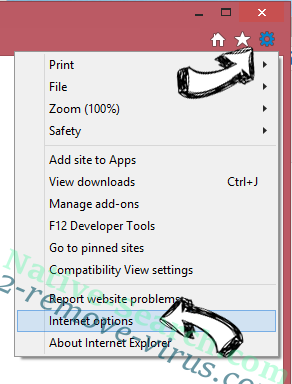
- In General Tab remove malicious URL and enter preferable domain name. Press Apply to save changes.

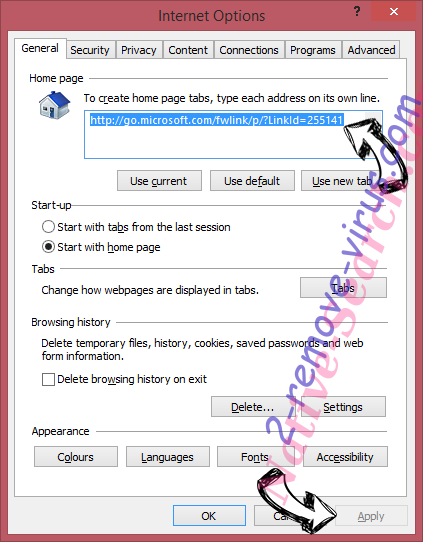
Reset your browser
- Click the Gear icon and move to Internet Options.

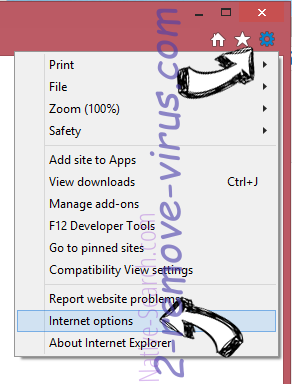
- Open the Advanced tab and press Reset.

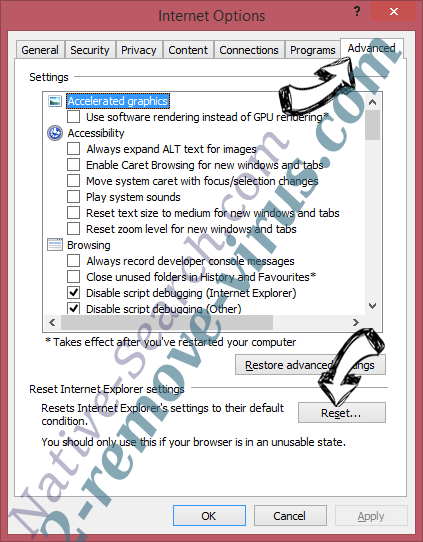
- Choose Delete personal settings and pick Reset one more time.

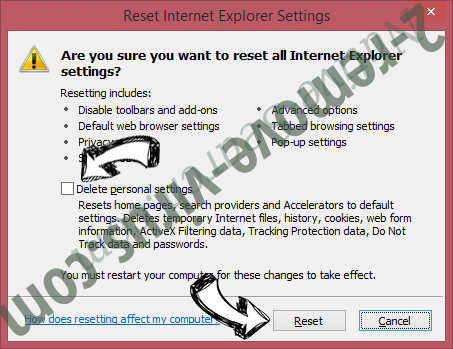
- Tap Close and leave your browser.

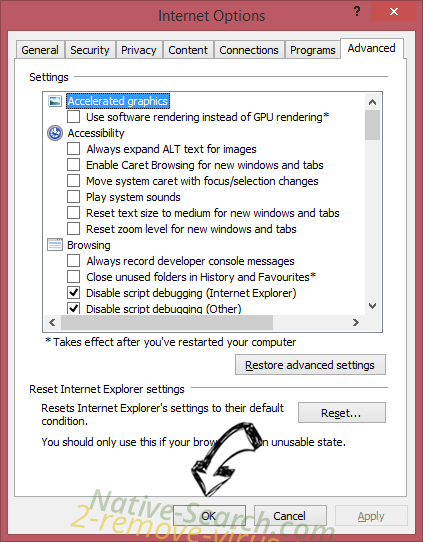
- If you were unable to reset your browsers, employ a reputable anti-malware and scan your entire computer with it.
Erase * Will Damage Your Computer. You Should Move It To The Trash. POP-UP (Mac) from Google Chrome
- Access menu (top right corner of the window) and pick Settings.

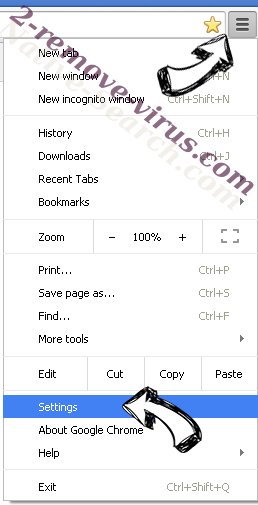
- Choose Extensions.

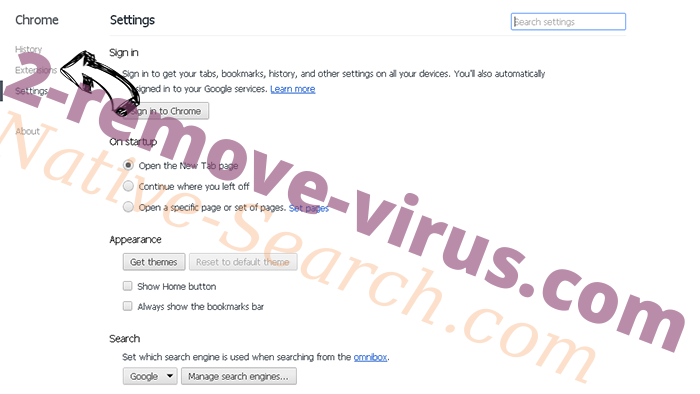
- Eliminate the suspicious extensions from the list by clicking the Trash bin next to them.

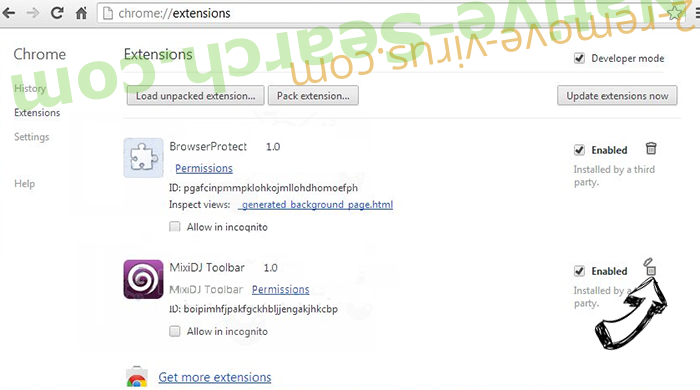
- If you are unsure which extensions to remove, you can disable them temporarily.

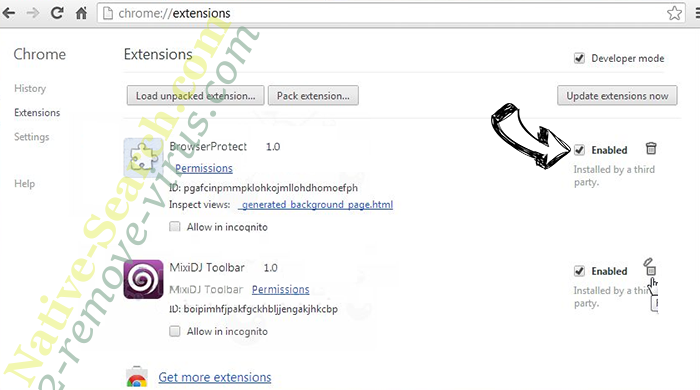
Reset Google Chrome homepage and default search engine if it was hijacker by virus
- Press on menu icon and click Settings.

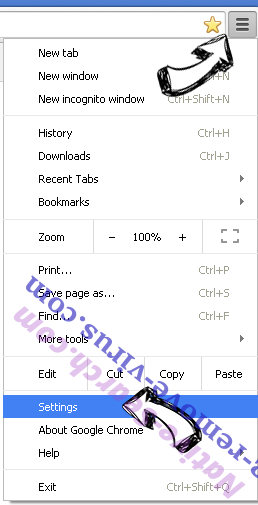
- Look for the “Open a specific page” or “Set Pages” under “On start up” option and click on Set pages.

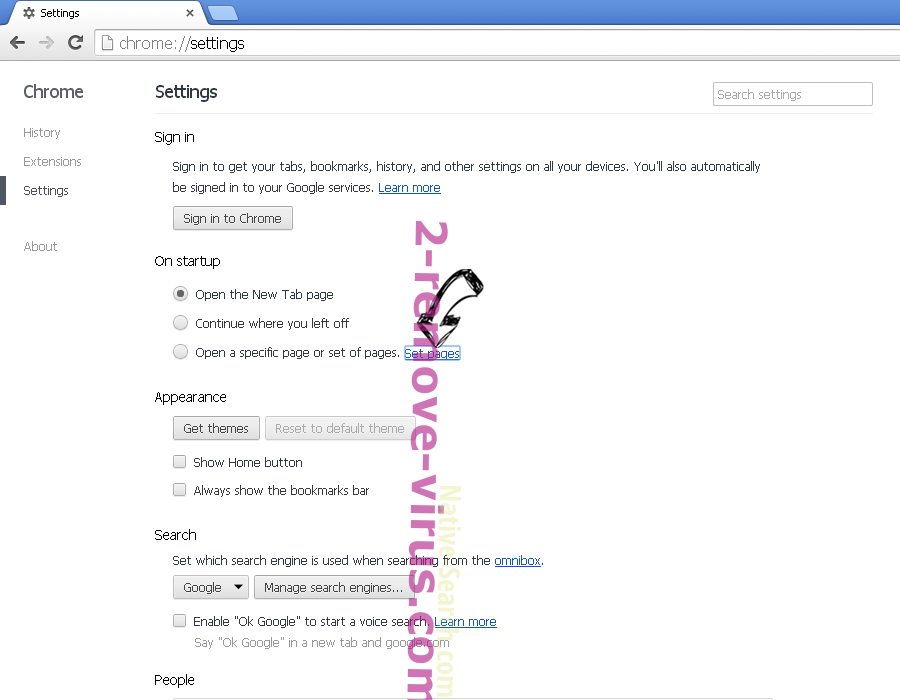
- In another window remove malicious search sites and enter the one that you want to use as your homepage.

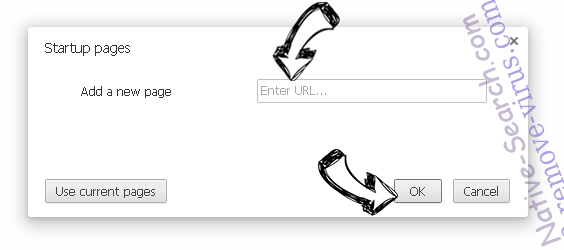
- Under the Search section choose Manage Search engines. When in Search Engines..., remove malicious search websites. You should leave only Google or your preferred search name.

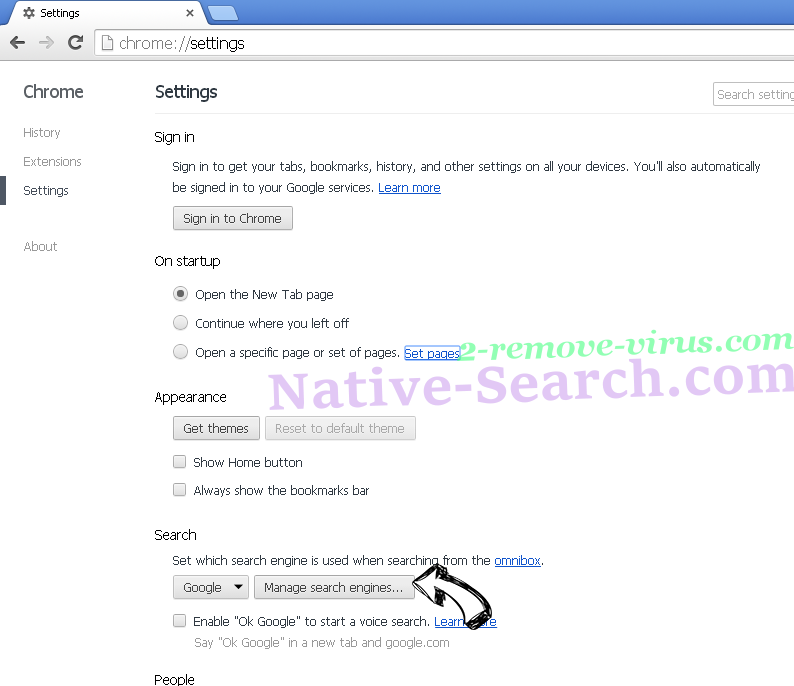

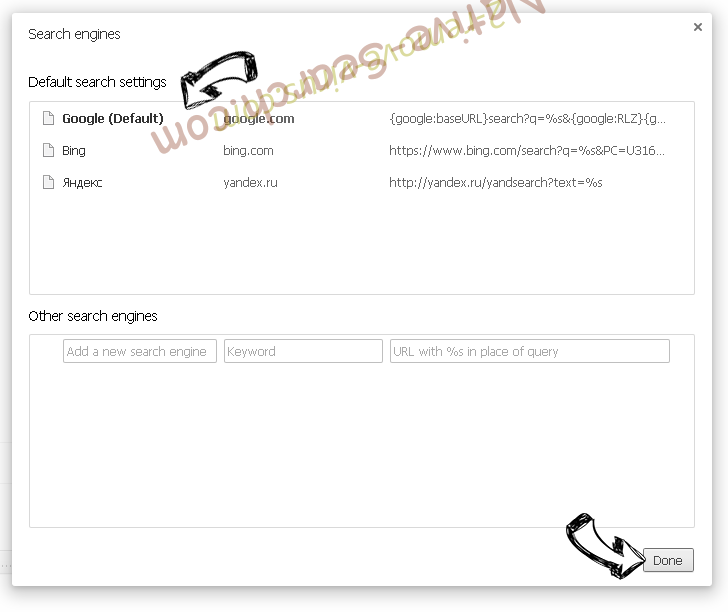
Reset your browser
- If the browser still does not work the way you prefer, you can reset its settings.
- Open menu and navigate to Settings.

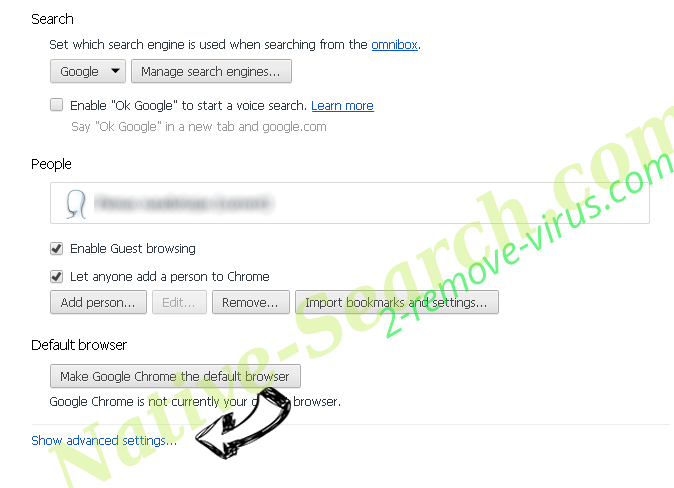
- Press Reset button at the end of the page.

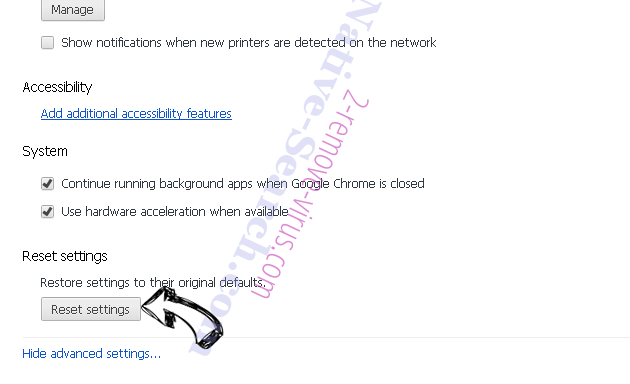
- Tap Reset button one more time in the confirmation box.

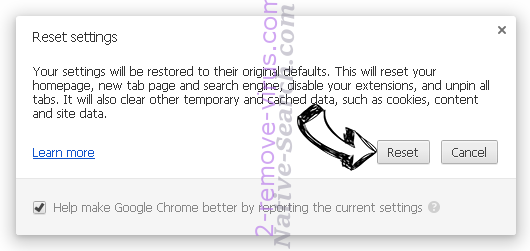
- If you cannot reset the settings, purchase a legitimate anti-malware and scan your PC.
Remove * Will Damage Your Computer. You Should Move It To The Trash. POP-UP (Mac) from Mozilla Firefox
- In the top right corner of the screen, press menu and choose Add-ons (or tap Ctrl+Shift+A simultaneously).

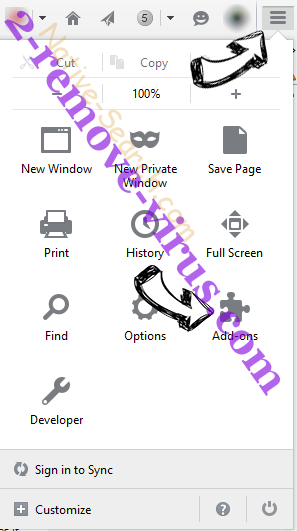
- Move to Extensions and Add-ons list and uninstall all suspicious and unknown entries.

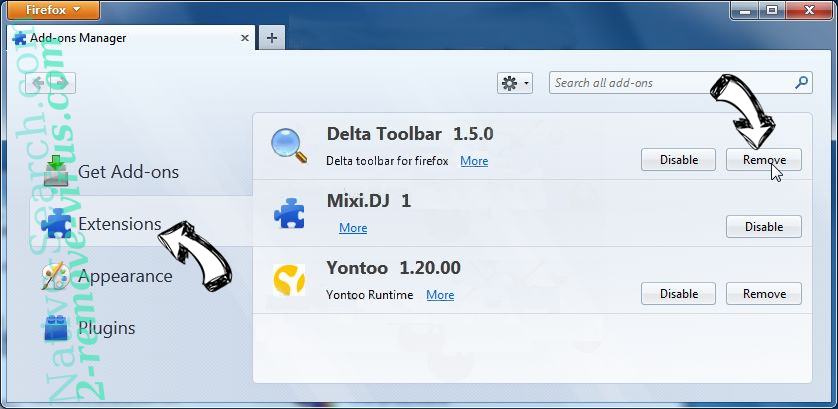
Change Mozilla Firefox homepage if it was changed by virus:
- Tap on the menu (top right corner), choose Options.

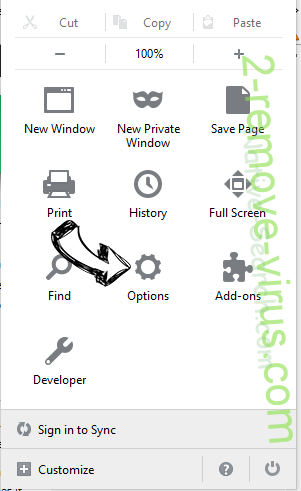
- On General tab delete malicious URL and enter preferable website or click Restore to default.

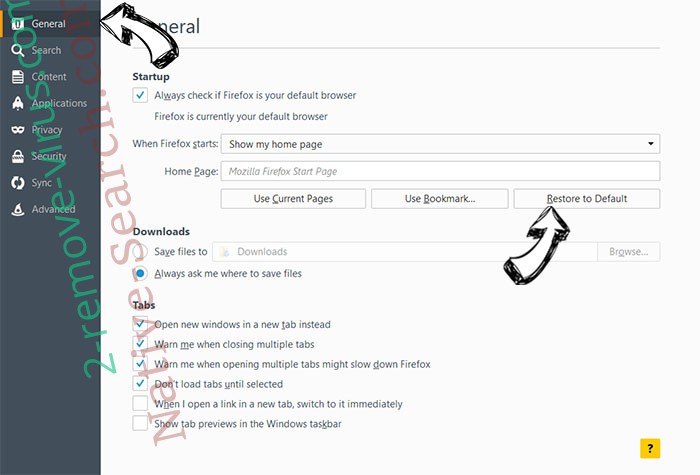
- Press OK to save these changes.
Reset your browser
- Open the menu and tap Help button.

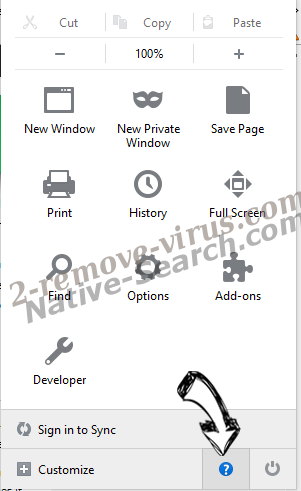
- Select Troubleshooting Information.

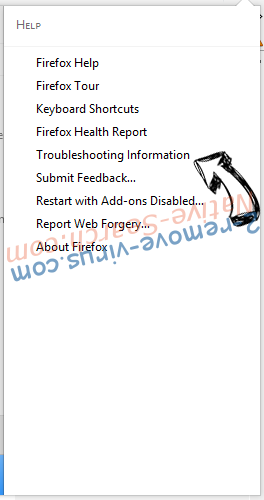
- Press Refresh Firefox.

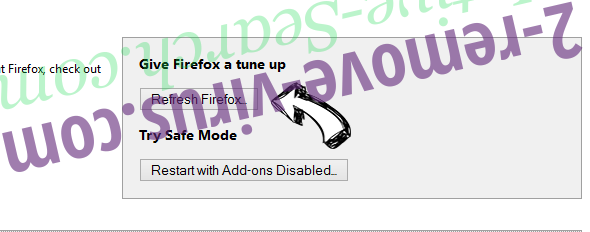
- In the confirmation box, click Refresh Firefox once more.

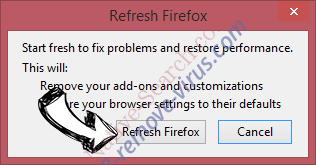
- If you are unable to reset Mozilla Firefox, scan your entire computer with a trustworthy anti-malware.
Uninstall * Will Damage Your Computer. You Should Move It To The Trash. POP-UP (Mac) from Safari (Mac OS X)
- Access the menu.
- Pick Preferences.

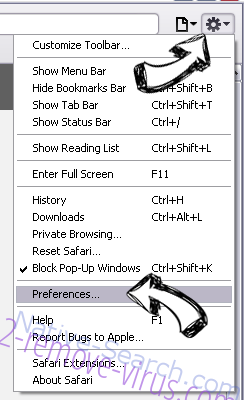
- Go to the Extensions Tab.

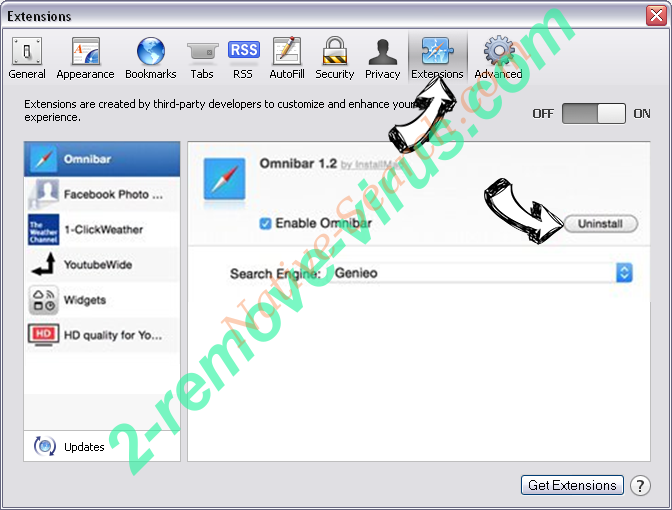
- Tap the Uninstall button next to the undesirable * Will Damage Your Computer. You Should Move It To The Trash. POP-UP (Mac) and get rid of all the other unknown entries as well. If you are unsure whether the extension is reliable or not, simply uncheck the Enable box in order to disable it temporarily.
- Restart Safari.
Reset your browser
- Tap the menu icon and choose Reset Safari.

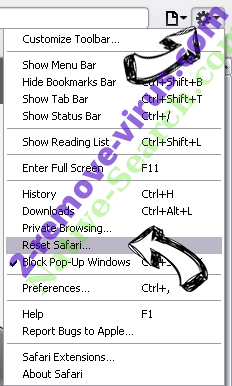
- Pick the options which you want to reset (often all of them are preselected) and press Reset.

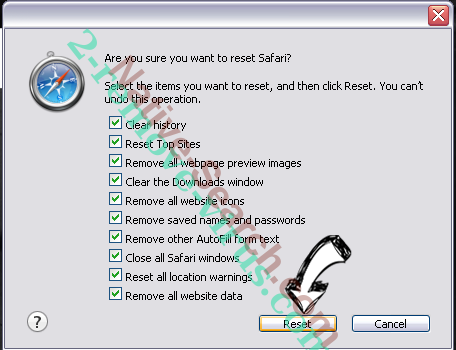
- If you cannot reset the browser, scan your whole PC with an authentic malware removal software.
Site Disclaimer
2-remove-virus.com is not sponsored, owned, affiliated, or linked to malware developers or distributors that are referenced in this article. The article does not promote or endorse any type of malware. We aim at providing useful information that will help computer users to detect and eliminate the unwanted malicious programs from their computers. This can be done manually by following the instructions presented in the article or automatically by implementing the suggested anti-malware tools.
The article is only meant to be used for educational purposes. If you follow the instructions given in the article, you agree to be contracted by the disclaimer. We do not guarantee that the artcile will present you with a solution that removes the malign threats completely. Malware changes constantly, which is why, in some cases, it may be difficult to clean the computer fully by using only the manual removal instructions.
